Transitioning from locally hosted data centers to the Big 3 cloud providers is not a hypothetical “if” for most enterprises but a reality of “when.” The stability, security, and scalability of services like Amazon Web Services (AWS), Microsoft Azure, and Google Cloud Platform (GCP) can solve many problems for IT leaders. But taking on these lift and shift migrations brings lots of questions, too.
How can IT teams balance driving business forward with cloud-based tools like apps, services, and infrastructure provided by the Big 3 against the time and money needed to keep up and pay for existing physical data centers? A multi-cloud approach might be the answer.
I took a closer look at the inherent challenges of adopting a multi-cloud approach in a recent blog for Toolbox.com. Here are some highlights:
Challenge 1: The language barrier
No, not programming languages. It’s terminology. Each Big 3 provider uses different terms (even brand names) for the types of storage, hardware, and management tools they use. This can make it difficult to make apples-to-apples comparisons to your existing functionality and between cloud platforms. How to overcome this? Get your IT team certified. In addition, take advantage of free demos to pick a potential provider’s brain and dig into platform specifics.
Challenge 2: Hardware compatibility
The Big 3 providers each employ various types of hardware, and IT leaders need to know if the providers they choose are using hardware that is best suited for their organization’s needs. This could create another learning curve. The good news is the underlying hardware isn’t all that different looking under the hood and in practice, so it’s a flatter learning curve — in theory. If you’re venturing into unfamiliar infrastructure territory, take advantage of provider-provided training to get your team up to speed.
Challenge 3: Choosing the right OS
Selecting an operating system isn’t the most overwhelming challenge in the shift to a multi-cloud model but choosing wisely and strategically is the key. Some prefer Red Hat or another flavor of Linux, while a Microsoft Windows environment suits others best. According a Stack Overflow survey, Windows was identified as the most popular operating system among surveyed developers at 45.33% with Linux-based systems and MacOS virtually tied at approximately 25% each. The best choice? Go with what your people already know — and make sure you do the full TCO whenever introducing a new OS into your environment. The “new and shiny” OS may be cheaper, but finding someone with that skill set might be expensive.
Challenge 4: Over-reliance on security tools
The first thing IT decision makers must understand is that while each of the Big 3 offers a basic level of security, that falls far short of what is needed to truly secure your organization’s data. If you’re going multi-cloud, you need multi-faceted security. Make sure you understand what roles are owned by the cloud provider and what security issues remain with your IT/Security team.
Challenge 5: Backup is not an option
Getting to the “one pane of glass” takes time. Backup and restore and security require careful pre-planning. No matter how robust your security firewalls are, breaches are a reality that must be considered. Your first line of defense may be your security, but the ability to back up and restore your data in the aftermath of a breach is equally vital — and you MUST be 100% certain your backups were NOT compromised. A multi-cloud environment can multiply this problem.
Challenge 6: Optimizing your resources
Once your multi-cloud infrastructure is deployed and running, someone or something has to keep an eye on it. Automating network monitoring can give your team the flexibility it needs to focus on other high-value work. But what about the “sticker shock” when the first month’s bill comes? Did you consider the I/O data transfer costs? Are you shutting down your non-prod environments when they are not used? Are you reviewing how many copies of data are kept and moving to less expensive storage when possible?
Challenge 7: Compliance and certification
How do you navigate government privacy regulations like GDPR or CCPA? What about HIPAA and PCI compliance? Paying management fees to navigate these waters on the front-end beats the flood of compliance fines.





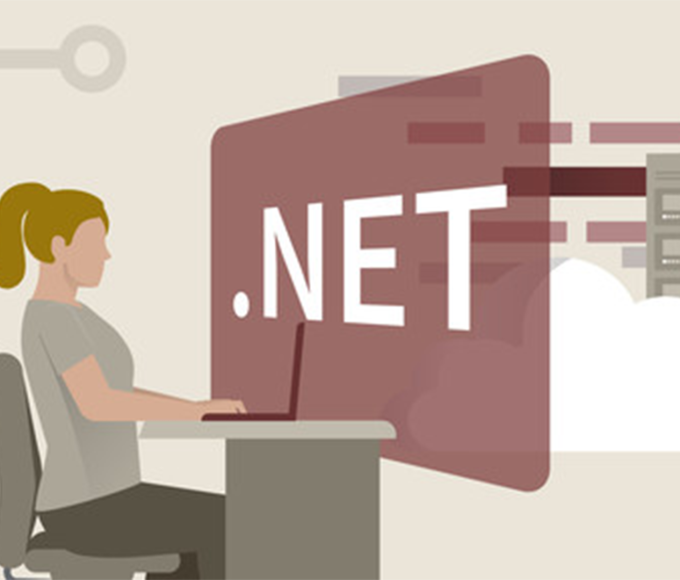


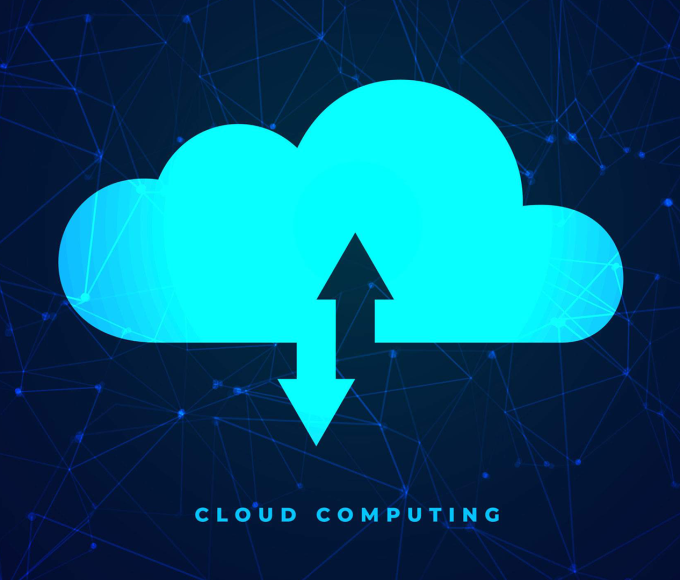
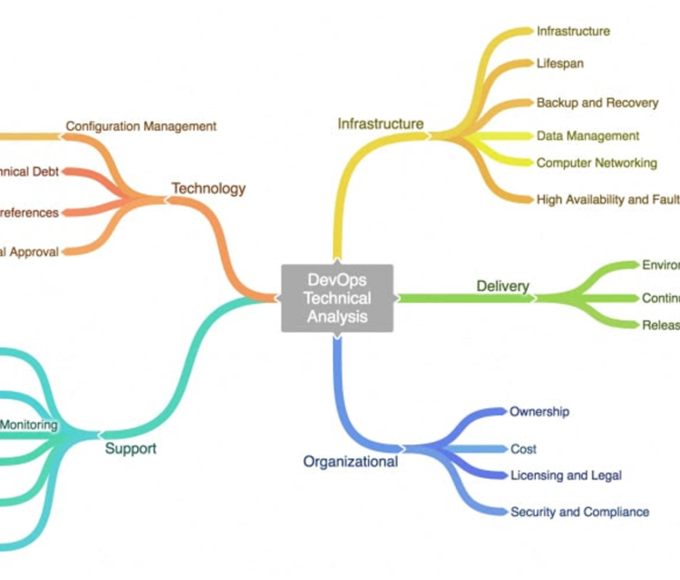




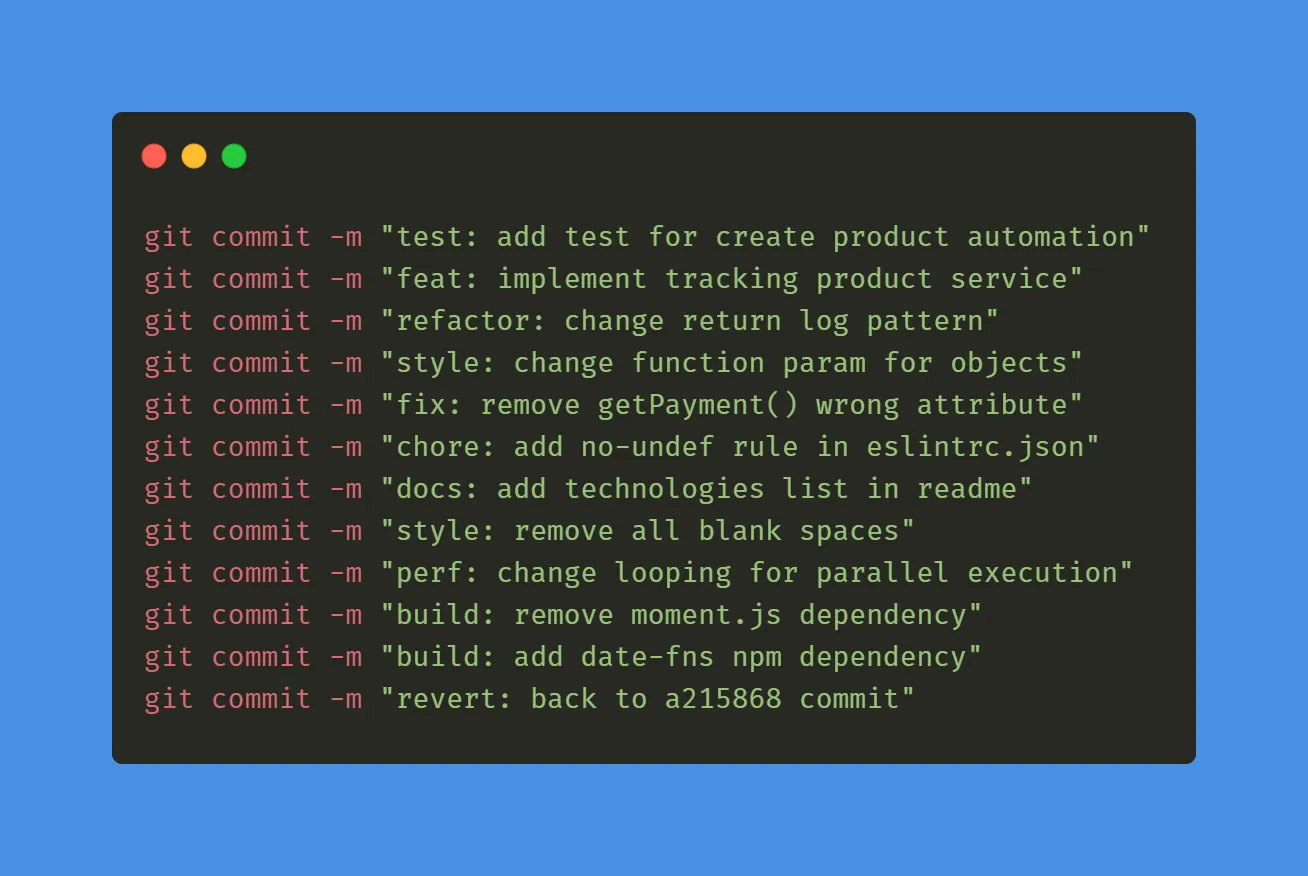

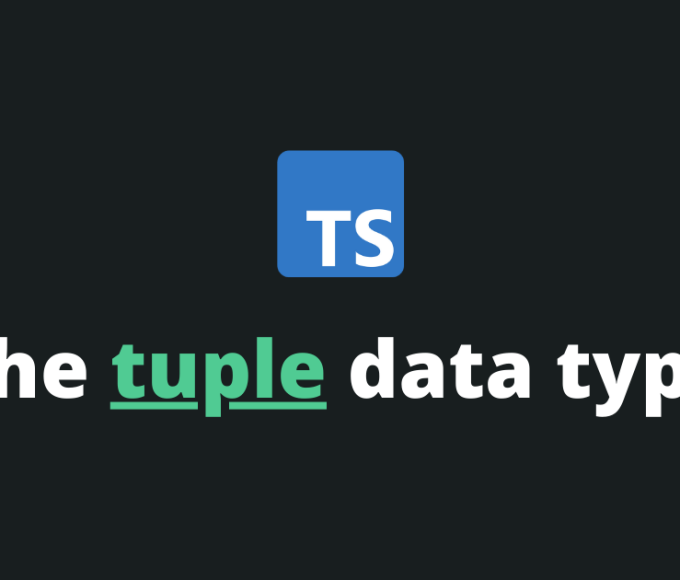












Leave a comment